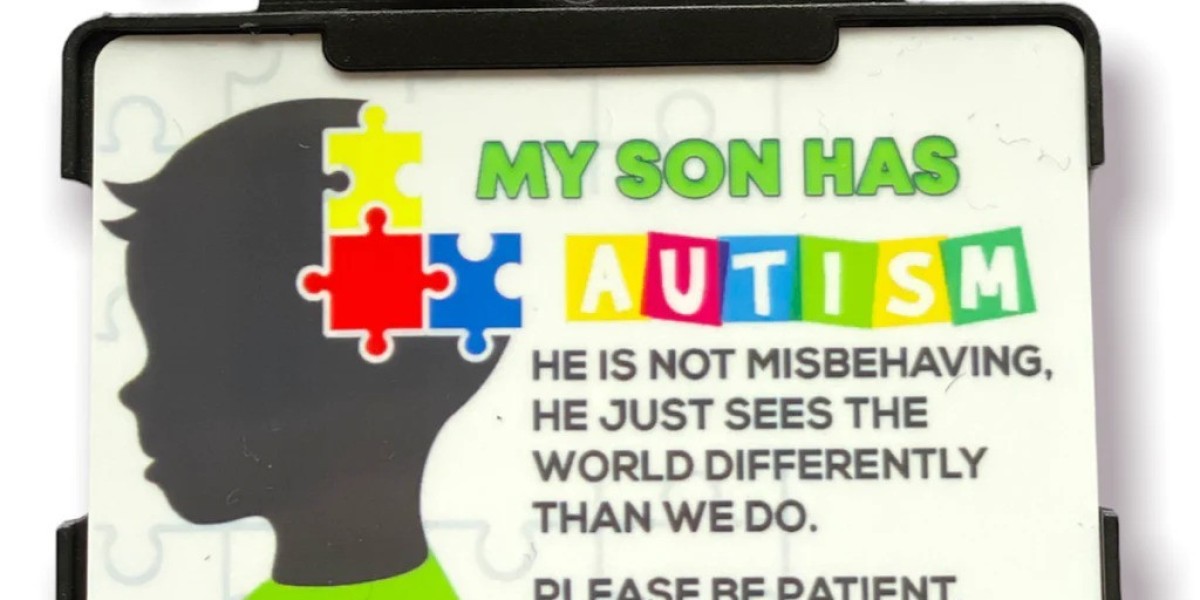Autism, a spectrum of neurodevelopmental disorders, brings unique challenges to individuals navigating the social landscape. In recent years, the use of autism lanyards has emerged as a subtle yet powerful tool in fostering understanding and inclusivity. This article delves into the invisible threads woven by these lanyards and their profound impact on shaping social perceptions.
The Birth of Autism Lanyards
The concept of autism lanyards was born out of a collective desire to bridge the gap in social understanding. These lanyards, often adorned with the autism puzzle piece symbol, serve as a discreet yet powerful identifier. Individuals with autism, or those supporting someone on the spectrum, can wear these lanyards to signal a need for patience, understanding, and accommodation in social interactions.
The Impact on Social Perception
One of the most significant impacts of autism lanyards is their role in dismantling stereotypes surrounding autism. By providing a visible cue, these lanyards challenge preconceived notions and foster an environment where individuals with autism are seen beyond the surface. The strength of the symbol lies in its ability to prompt reflection and promote acceptance.
Enhancing Empathy
Autism lanyards act as invisible threads that weave empathy into the fabric of social interactions. When people are aware of the challenges faced by someone with autism, it creates an opportunity for increased understanding and compassion. The lanyard becomes a shared language, silently communicating the need for patience and flexibility in social engagements.
Facilitating Inclusive Spaces
The presence of autism lanyards transforms spaces into inclusive environments. Whether it's a school, workplace, or public setting, the visual cue allows for adjustments to be made, ensuring that individuals with autism can participate fully. This inclusivity benefits not only those on the spectrum but also contributes to a more compassionate and supportive community at large.
Challenges and Criticisms
While autism lanyards aim to promote understanding, there are concerns about potential stigmatization. Some argue that the use of visible identifiers may inadvertently lead to labeling and stereotyping, counteracting the intended purpose. Striking a balance between awareness and avoiding stigmatization remains a challenge in the broader conversation around autism acceptance.
Varied Interpretations
The interpretation of autism lanyards can vary among individuals. Some may readily understand the symbolism, while others may be unaware or misinterpret its meaning. Educating the public about the significance of these lanyards is crucial in ensuring their effectiveness and avoiding misunderstandings.
Conclusion
As we navigate the intricate tapestry of social interactions, autism lanyards emerge as threads that bind us together. The impact of these subtle identifiers extends beyond the immediate wearer, influencing social perceptions and fostering a culture of acceptance. While challenges persist, the potential for creating a more inclusive society beckons us to continue weaving these invisible threads of understanding and empathy.








